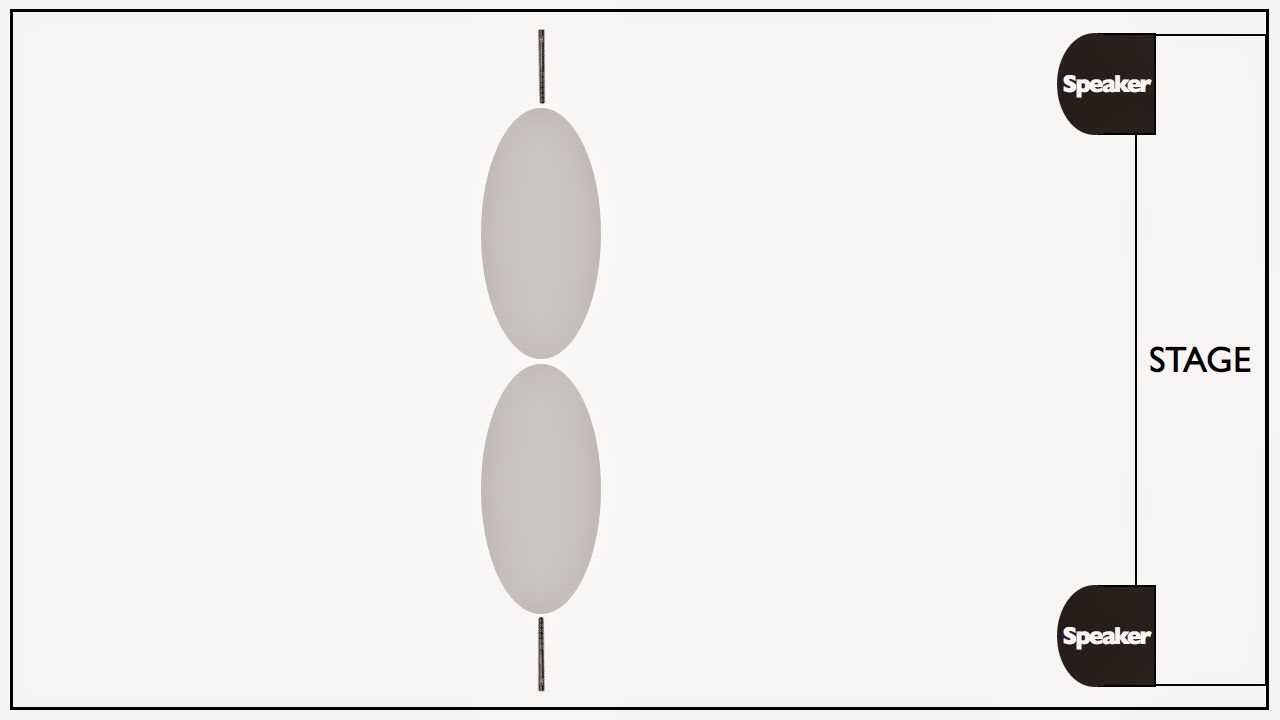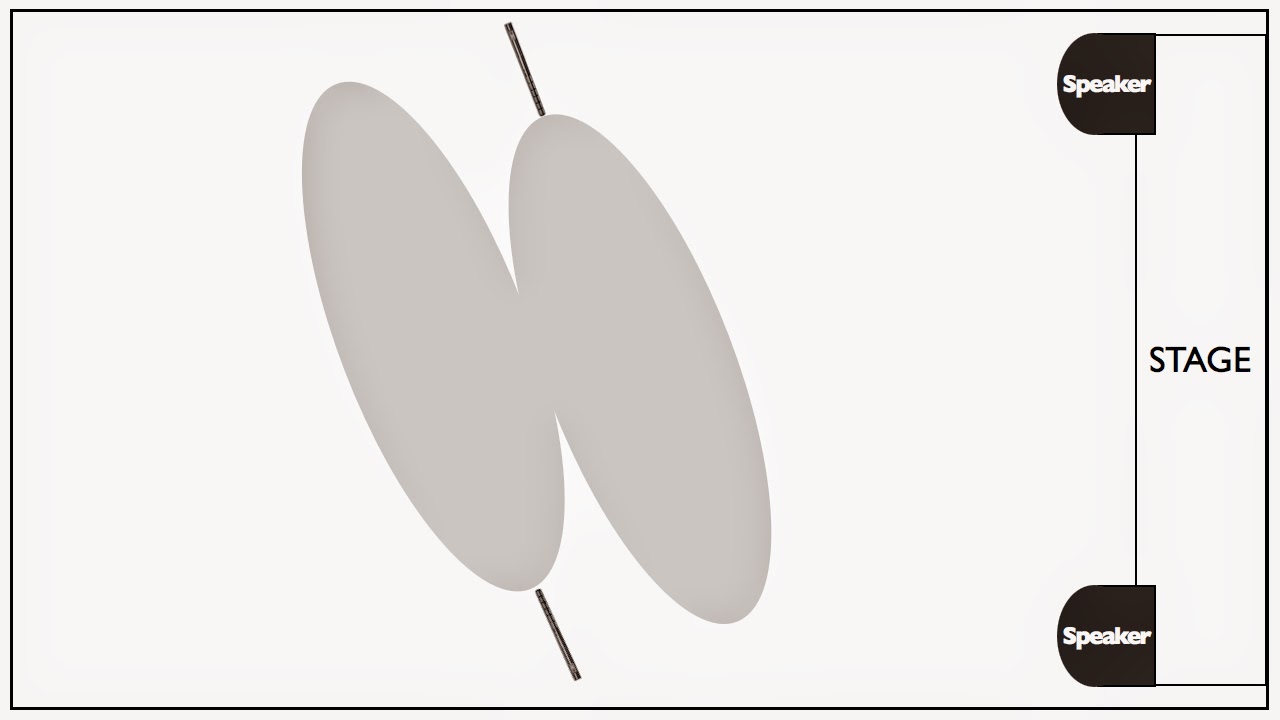- in Book Excerpt , Recording by Bobby Owsinski
5 Things To Keep In Mind When Miking An Audience

I’ve received questions about miking an audience a few times in the past week so it seems like a good time to repost this how-to from a few years ago. It goes without saying that if you’re recording a live performance, then you want to pick up some of the crowd reaction to make it sound realistic. Here are some techniques and considerations culled from the latest edition of my Recording Engineer’s Handbook.
“Audience recording is both the key and the problem with live recording. It’s sometimes difficult to record the audience in a way that captures its true sound. The transient peaks of the crowd makes it not only difficult to capture well, but to isolate from the stage mics as well.
2. Mic placement outdoors is a lot more difficult because you have nothing to hang microphones from to get enough distance over the audience. For another thing, you don’t have the ambience of the venue to help you out so you usually have to resort to more microphones as a result. Don’t forget the windscreens, because nothing makes a track unusable like wind blasting across the mic’s capsule.
3. X/Y, ORTF and Blumlien stereo miking techniques can yield some poor results when it comes to audience miking. What these setups do is capture the ambience of the environment and a perfect stereo picture, but your primary concern is just to capture the audience. They’re two different beasts and have to be handled that way.
4. It’s very easy to have audience microphones overload either from the stage volume of band or the peaks of the audience response. Therefore, it’s a good idea to heavily compress or limit them to prevent overload.
5. The higher you get the mics over the audience the better, but if you’re in a club with a low ceiling in a club, you’re better off with placement closer to the audience since the reflections from the ceiling can sometimes sound pretty bad.
A Simple Miking Technique
Place a pair of identical mics at about the half-way point between the edge of the stage and the back wall of the venue. Make sure that the mics are placed at least three feet above the audience. Start with the microphones facing directly at one another across the audience as on the left, then aim them both down towards, but not exactly at, the middle of the crowd.
Variation: If you only need a mono audience track, splay the mics off-access as in the graphic below. This configuration can result in a fuller sound in mono, but will result in a stereo track that’s off balance since one mic is pointed closer towards the stage and the main sound system than the other.
There are a number of other techniques for recording the crowd that can be found in the Recording Engineer’s Handbook.
You can read more from The Recording Engineer’s Handbook and my other books on the excerpt section of bobbyowsinski.com.


